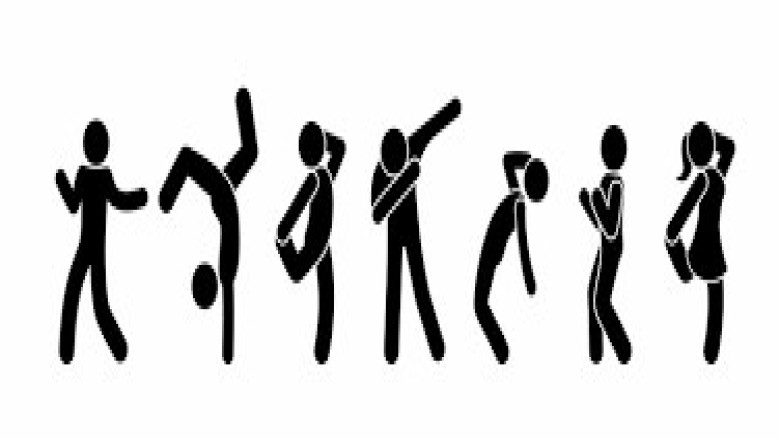SDE AND BUSINESS VALUATION VARIATIONS AMONGST SELLERS, BUYERS AND LENDERS
In the dynamic landscape of business transactions, Seller's Discretionary Earnings (SDE) emerge as a pivotal metric, acting as both the compass and the kaleidoscope in determining the value of a business. However, the valuation of a business isn’t a one-size-fits-all equation. Instead, it's a multilayered prism that refracts differently through the lenses of sellers, buyers, and lenders, each perceiving and valuing SDE through their unique vantage points.
THE SELLER'S LENS: OPTIMIZING SDE FOR MAXIMUM VALUATION
For a seller, SDE represents more than just a number on a balance sheet; it's the culmination of their efforts, expertise, and the intrinsic value they've nurtured within their business. Maximizing SDE becomes a paramount objective, often involving strategic adjustments to showcase the business's true potential. Sellers aim to highlight discretionary expenses, emphasize growth prospects, and streamline operations to elevate SDE, thus enhancing the perceived value in the eyes of potential buyers.
THE BUYER'S PERSPECTIVE: DECIPHERING SDE'S TRUE WORTH
Buyers, on the other hand, approach SDE with a critical eye, seeking transparency and accuracy. While sellers might aim to maximize SDE, buyers delve deep into financial records, dissecting discretionary expenses, one-time costs, and operational intricacies to unveil the genuine earning potential. Understanding SDE fluctuations and underlying adjustments becomes crucial for buyers in evaluating risks, estimating future returns, and negotiating an equitable purchase price.
LENDER'S PRUDENCE: MITIGATING RISKS AND ASSESSING VIABILITY
Lenders stand as vigilant gatekeepers, assessing the feasibility of financing against the backdrop of SDE. Their evaluation focuses on risk mitigation and the business's ability to generate consistent earnings to cover debt service. SDE variation impacts loan terms, interest rates, and the overall creditworthiness of the business. A robust SDE portrayal can secure favorable lending terms, while inconsistencies or uncertainties may raise red flags, impacting loan approvals and terms.
SDE'S IMPACT ON VALUATION NEGOTIATIONS
Seller's Strategy: Crafting the SDE Narrative
Imagine a small business owner aiming to sell their enterprise. They meticulously curate their financial statements, strategically highlighting adjustments that amplify the SDE. These adjustments might encompass non-recurring expenses, personal expenditures, or discretionary perks, all aimed at showcasing a higher SDE to entice potential buyers.
For instance, a seller might add back their personal vehicle expenses, considering it as a discretionary cost not directly impacting the business's core operations. This move could significantly elevate the SDE, making the business appear more lucrative to prospective buyers.
Buyer's Due Diligence: Unveiling the True Earning Potential
In this scenario, a diligent buyer steps into the picture. They delve into the financial records, meticulously scrutinizing the SDE components and normalization adjustments. While impressed by the presented SDE, the buyer conducts a detailed analysis to decode the sustainability of these earnings.
Upon closer inspection, the buyer identifies certain adjustments that might not align with their perception of normalized expenses. They notice discrepancies in the treatment of certain costs or discrepancies in revenue recognition methods, leading to a reassessment of the SDE's true worth.
Lender's Evaluation: Assessing Financial Viability
Simultaneously, a lender receives the business's loan application, assessing its creditworthiness. They rely on the SDE as a key indicator of the business's ability to service debt. The lender scrutinizes the normalized earnings, seeking stability and predictability to ascertain the business's financial health.
However, discrepancies in SDE components uncovered during the buyer's due diligence raise concerns for the lender. They might request additional documentation or adjustments to the financial statements before proceeding with loan approval, highlighting the crucial role of SDE in securing financing.
NAVIGATING VARIATIONS AND FINDING COMMON GROUND
The variance in SDE perceptions among sellers, buyers, and lenders underscores the complexity of business valuation. Negotiating this maze requires transparency, comprehensive documentation, and an alignment of expectations. Sellers need to present a clear, well-supported SDE calculation. Buyers must conduct meticulous due diligence to decode the real earning potential. Lenders seek stability and consistency in earnings.
CONCLUSION
Seller's Discretionary Earnings (SDE) indeed form the cornerstone of business valuation, but its interpretation differs vastly depending on who's examining it. The convergence of these perspectives—seller's aspirations, buyer's scrutiny, and lender's prudence—creates a comprehensive valuation tapestry that unveils the true essence and potential of a business.
In this intricate dance of valuation, understanding and harmonizing these distinct viewpoints on SDE become paramount, fostering trust, transparency, and a mutual appreciation of the business's intrinsic value—a value that transcends numbers and charts, encapsulating the essence of entrepreneurship and the promise of a thriving future.
.png)

.png)













































Leave A Comment
Post a comment
Comments :